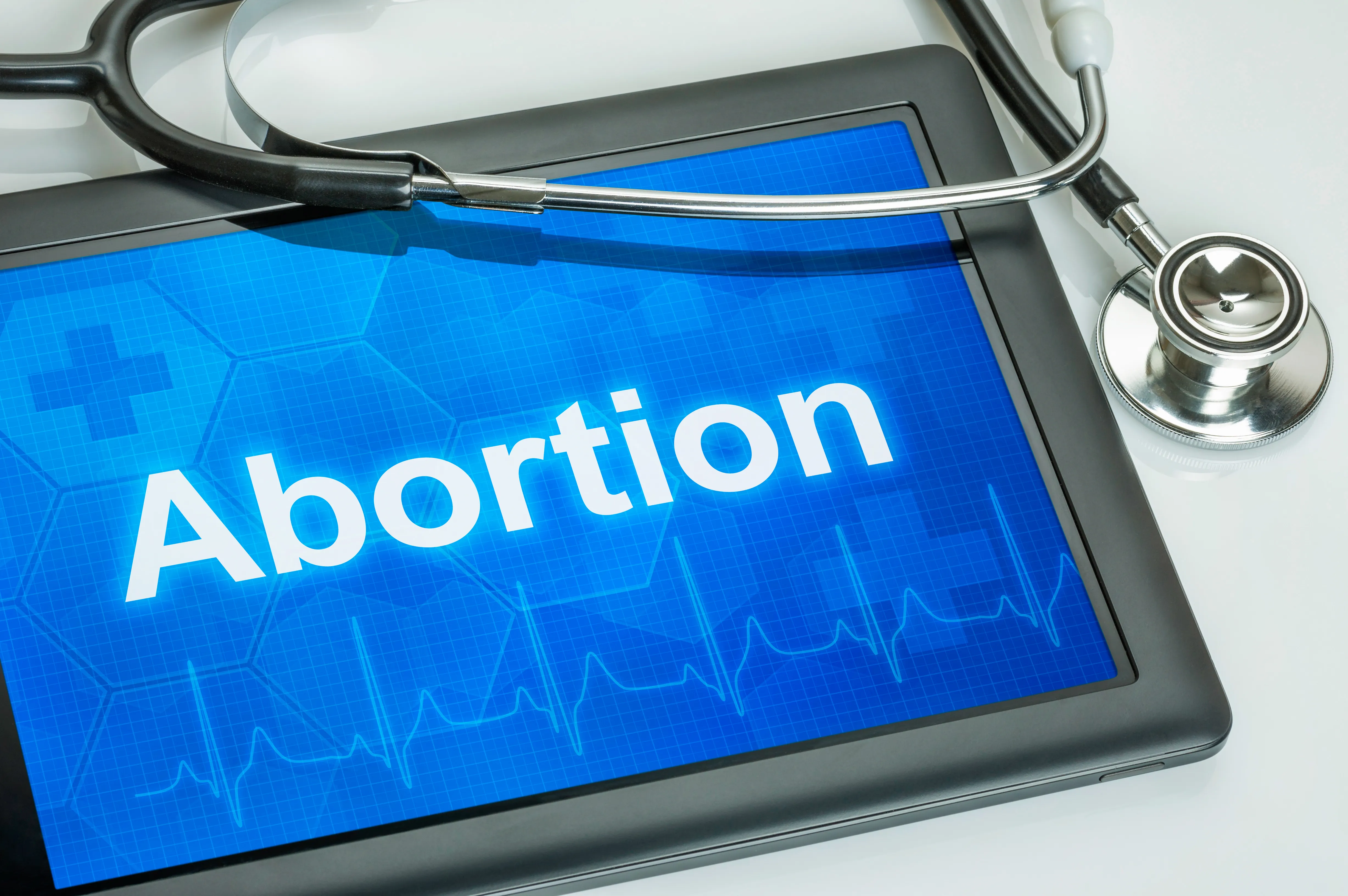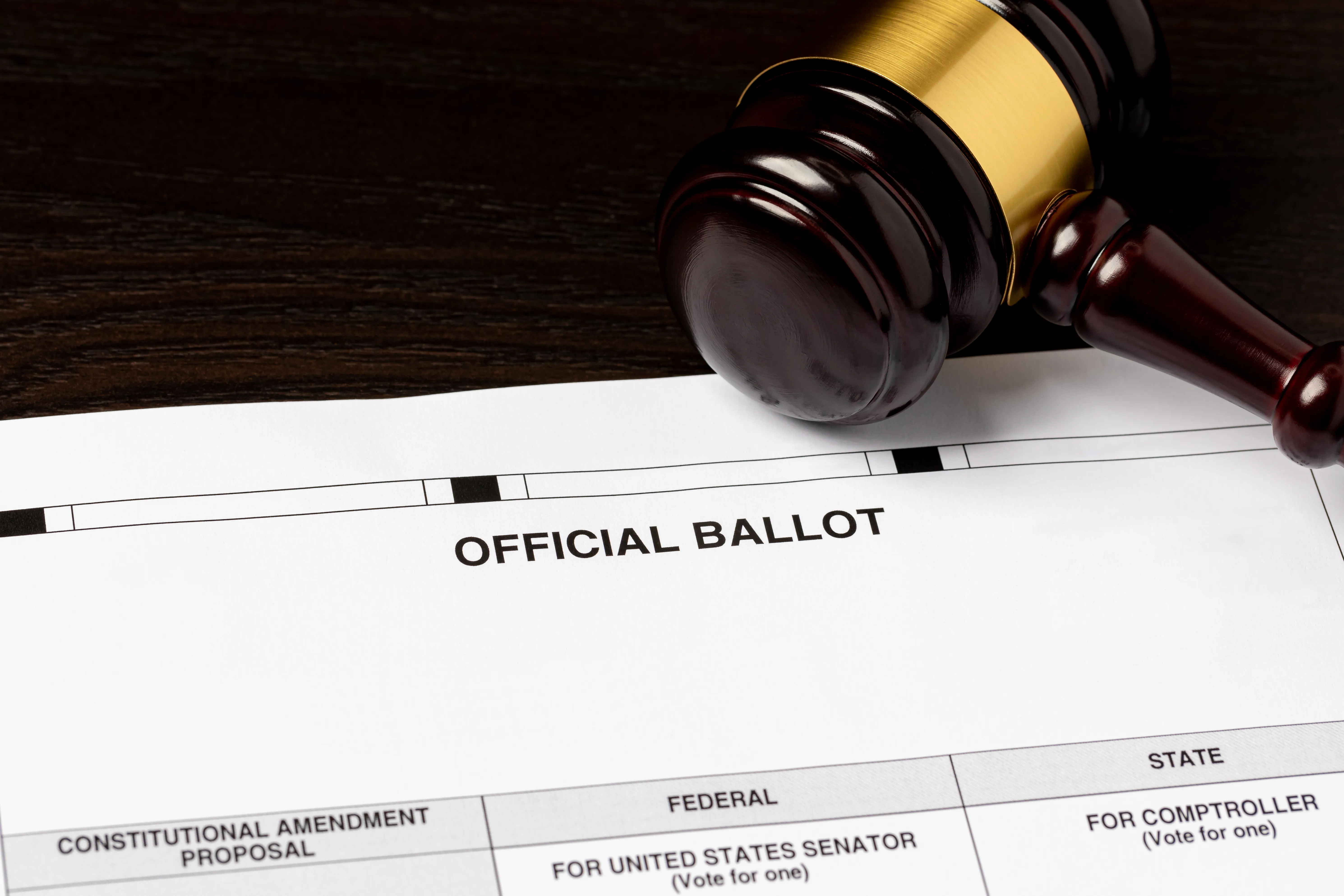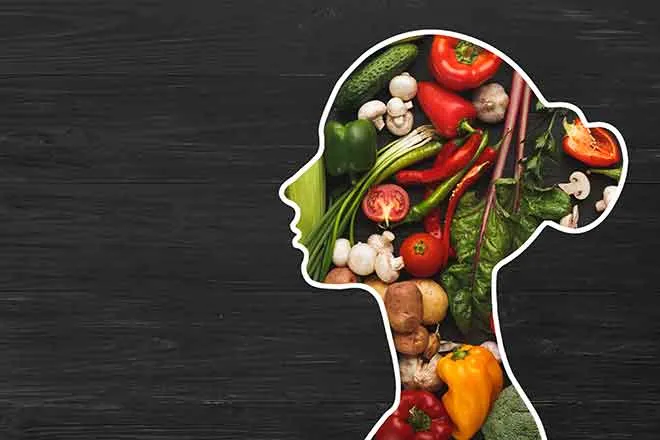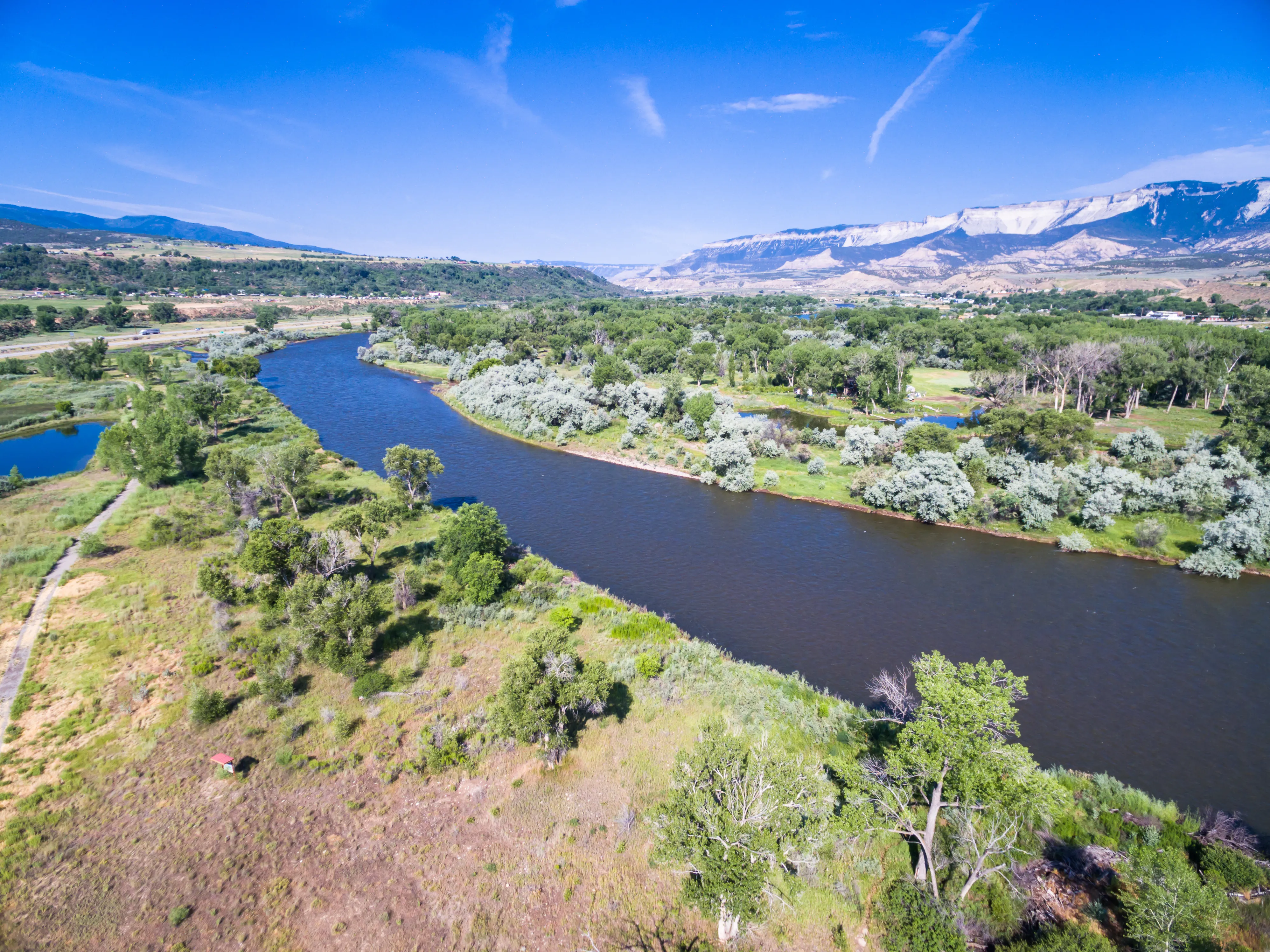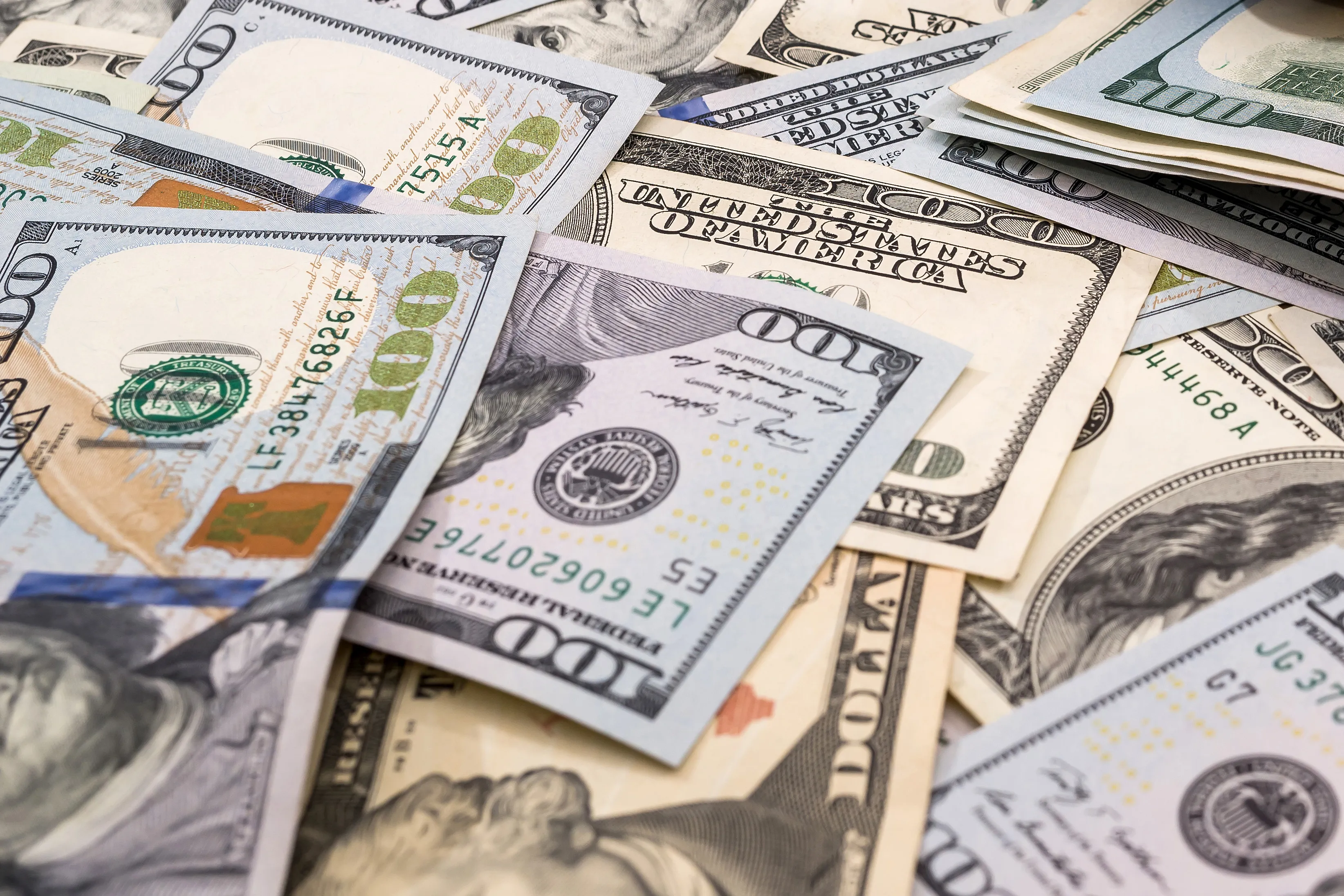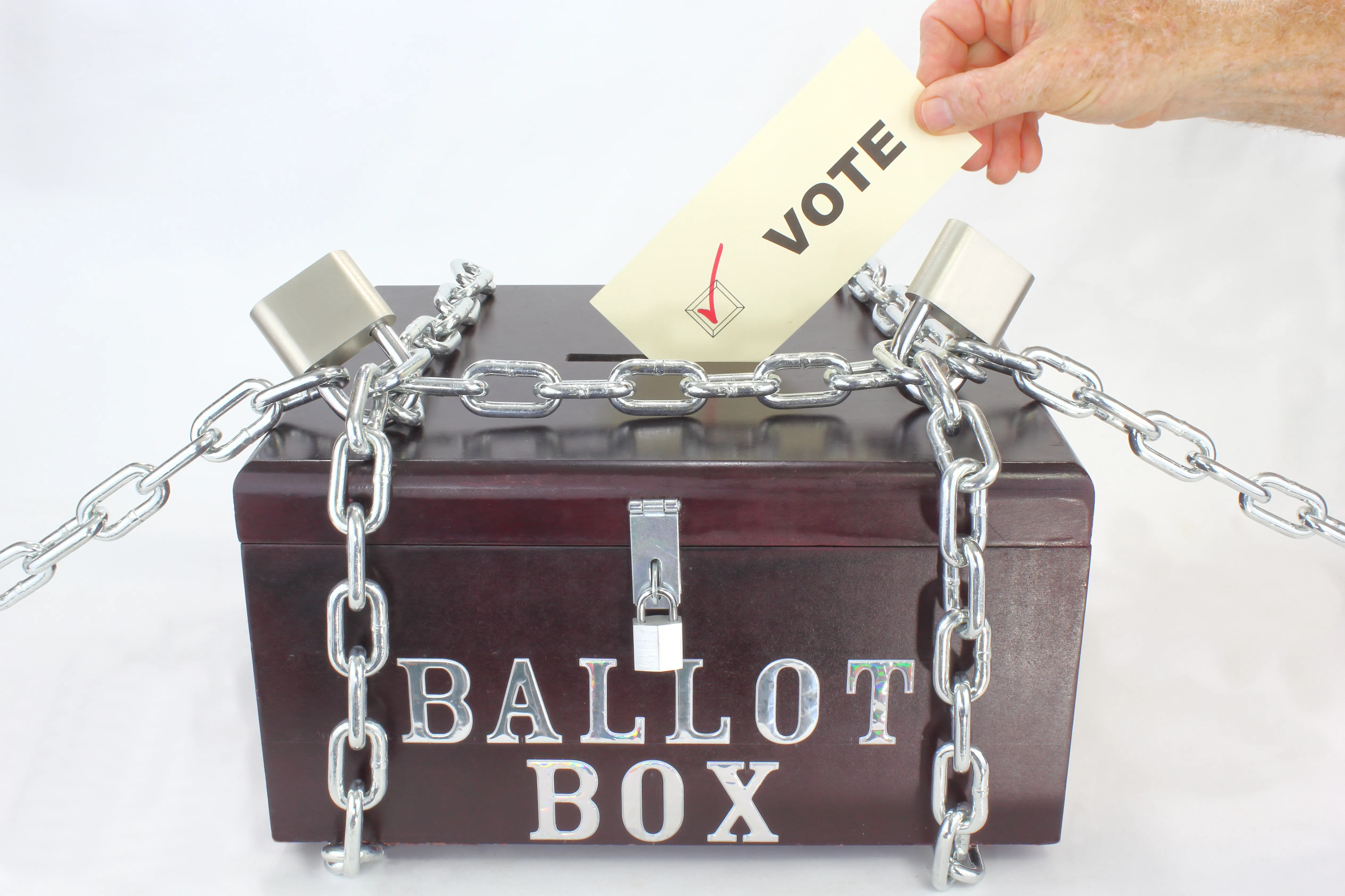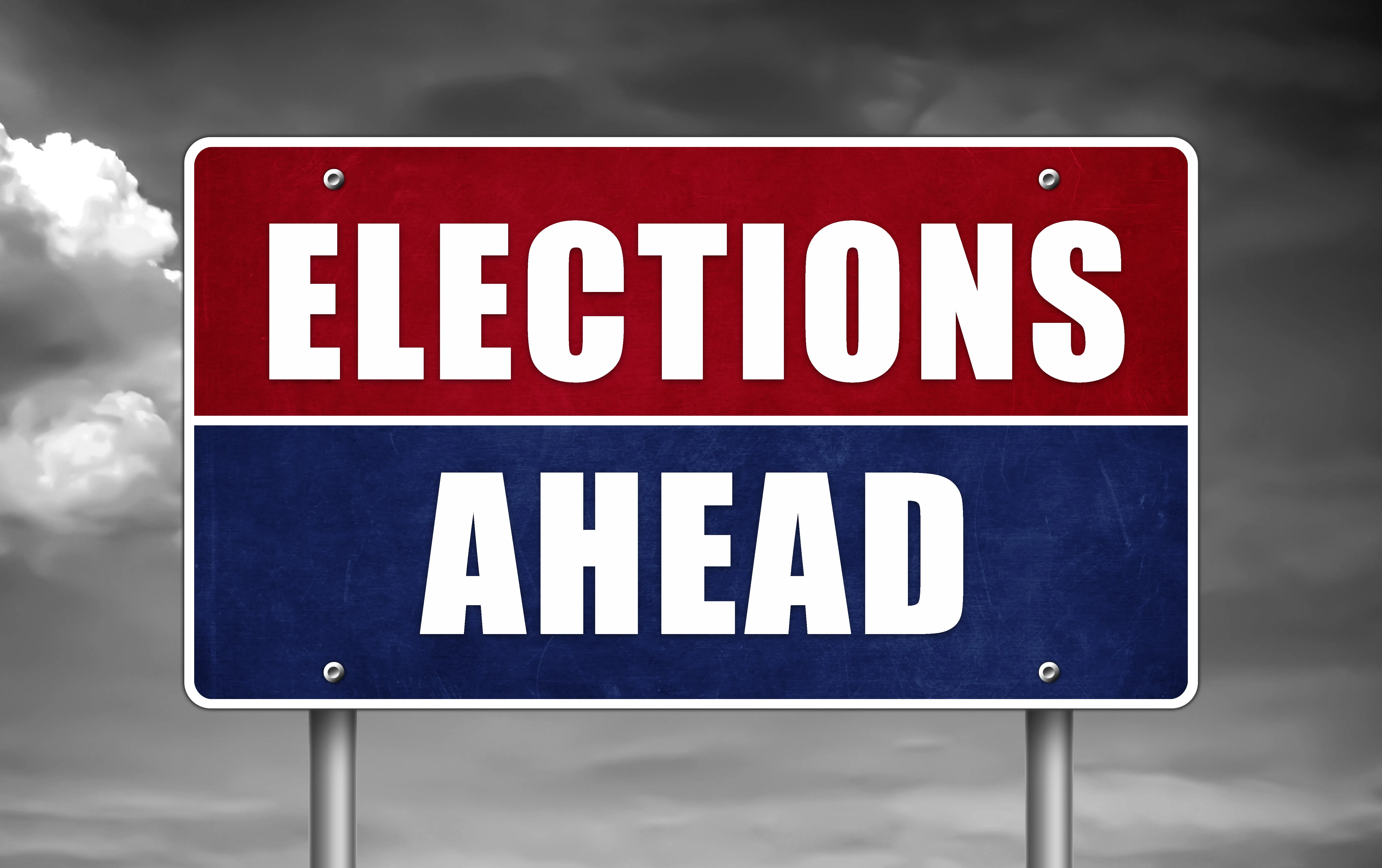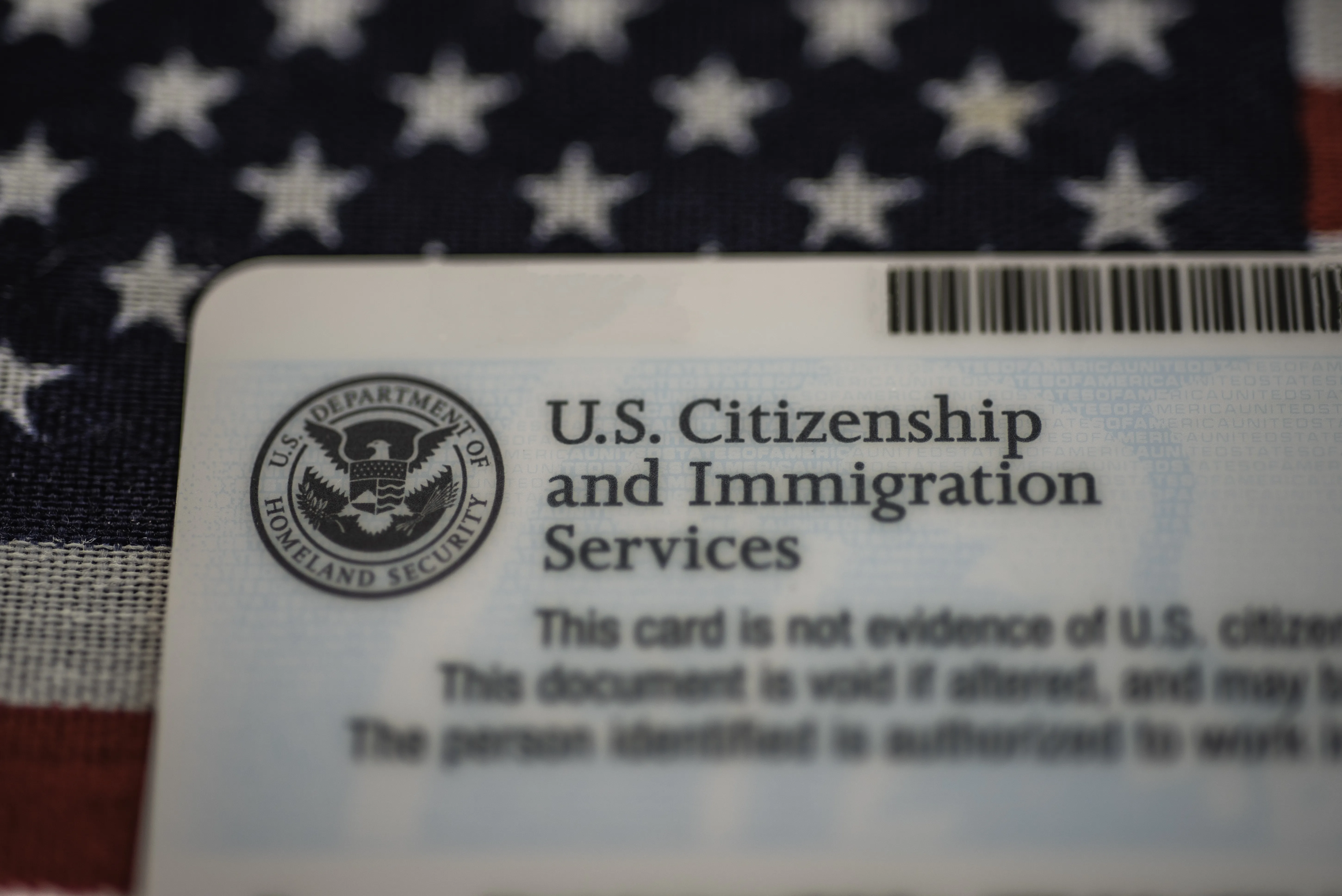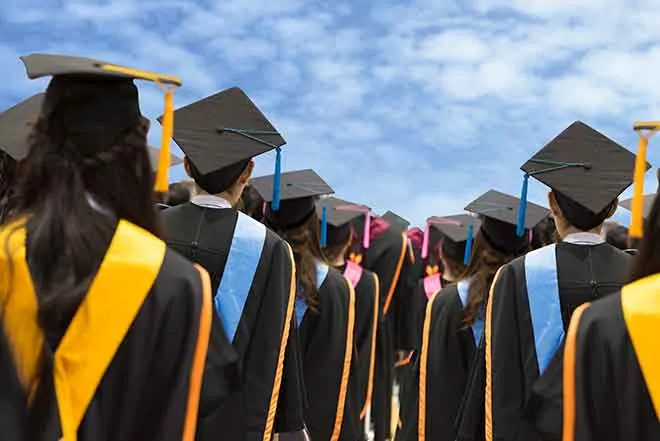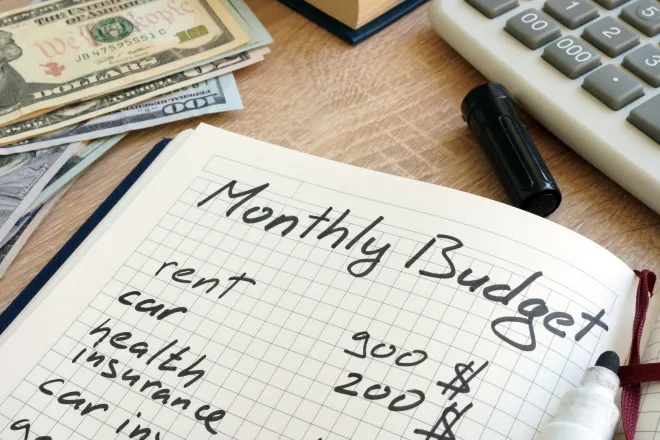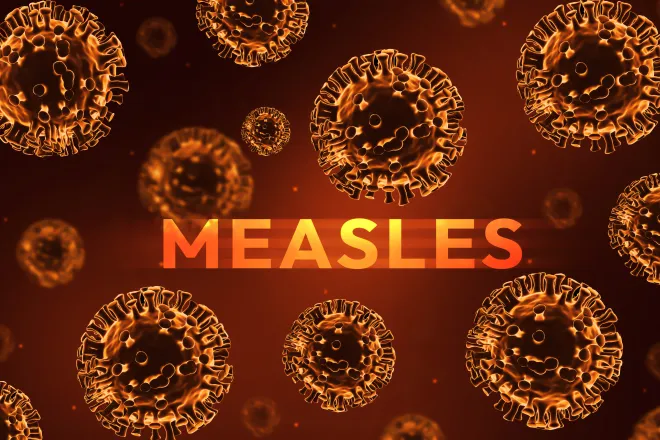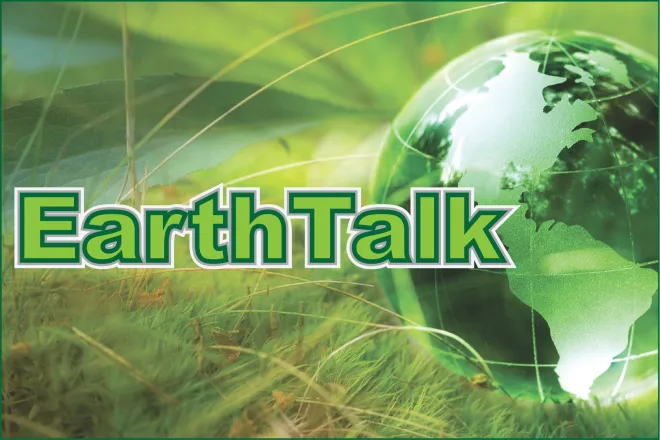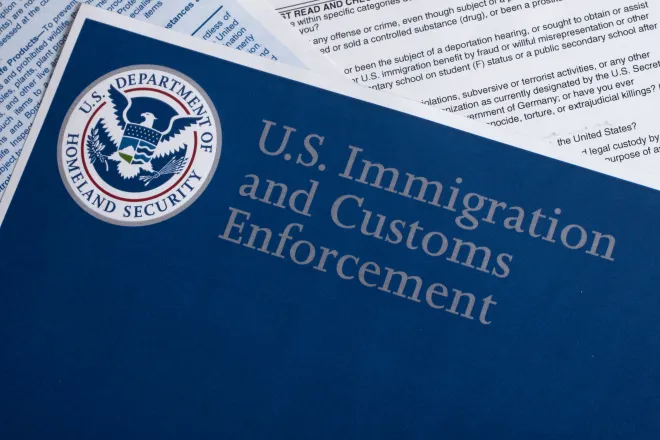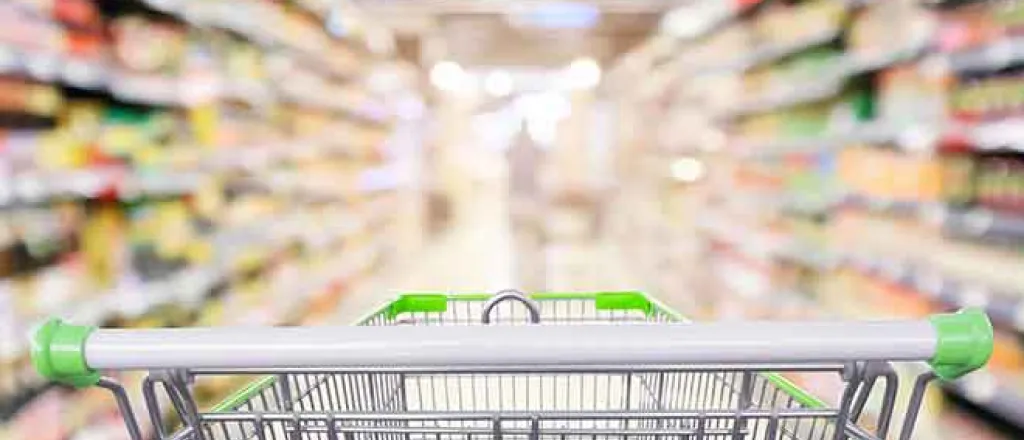
South Dakota won’t tap reserve funds to fill federal food assistance gap, governor says
South Dakota’s governor said Monday he does not support using state money to fill a funding gap in a food assistance program during the federal government shutdown, and said he was unaware of a funding request that a hunger relief organization submitted to the Legislature.
Republican Governor Larry Rhoden made the comments in response to South Dakota Searchlight questions while he was volunteering at Feeding South Dakota’s Rapid City food distribution center.
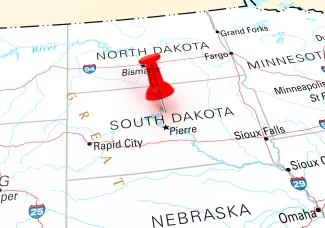
Because Congress has failed to pass a bill to fund and reopen the federal government, the Trump administration has said it won’t be able to provide all of this month’s benefits for the Supplemental Nutrition Assistance Program, known as SNAP.
The program provides about 75,000 low-income South Dakotans with money loaded onto cards they can use to buy food. The cards are loaded on the 10th day of each month.
A full month of benefits in South Dakota requires about $15 million of federal funding. Rhoden said the state cannot afford to replace a portion or all of those funds.
“First of all, we don’t have that kind of coin running around to do that for any extended period of time,” Rhoden said. “Second to that, the federal government has made it clear that those dollars won’t be reimbursable. And I don’t think it’s fair to put that on the backs of taxpayers.”
Democrats ask governor to tap reserves
Democratic legislators sent Rhoden a letter last week urging him to authorize the use of reserve funds to temporarily cover any lapse in federal SNAP funding.
“Now is the time to rise above federal-level politics and stand united for the people we serve,” said the letter, signed by Senate Minority Leader Liz Larson and House Minority Leader Erin Healy, both of Sioux Falls.
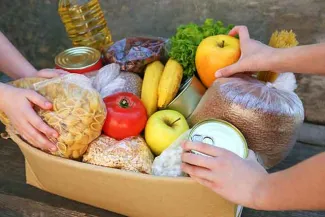
© iStock - Mukhina1
The state had $492 million in reserve when the 2025 fiscal year ended on June 30, according to a report from the governor’s budget office. Legislators and Rhoden have since approved a transfer of about $79 million to help fund construction of a new men’s prison in Sioux Falls, leaving over $400 million in what’s commonly described as the state’s “rainy day” fund.
State Representative Erik Muckey, D-Sioux Falls, is a member of the Legislature’s budget committee. Muckey said in an interview with Searchlight that he appreciates the governor’s devotion to fiscal responsibility and shares Rhoden’s wish that Congress would end the federal shutdown.
Muckey disagrees with Rhoden’s opposition to using state reserves for SNAP.
“We have the funds to be able to support that if we’re needing to,” Muckey said. “If feeding hungry South Dakotans at a time when the federal government may not be fully funding it doesn’t constitute a ‘rainy day,’ what does?”
Instead of tapping reserves, the governor is calling for private donations and volunteerism to help food banks and churches fill the need.
“I’m hopeful that people will step up,” Rhoden said.
Request from Feeding South Dakota
Feeding South Dakota, the largest hunger-relief nonprofit in the state, asked the Legislature’s budget committee four months ago to consider a $3 million appropriation to the organization when lawmakers gather in January for the annual legislative session. The request came in response to federal spending cuts earlier this year that cost the organization more than a million pounds of food.
When Searchlight asked Rhoden Monday if he plans to include the request in the annual budget he’ll propose next month, the governor said he has “not heard any talk about that,” adding that he met with legislative leaders about the budget recently and “none of that was brought up.”
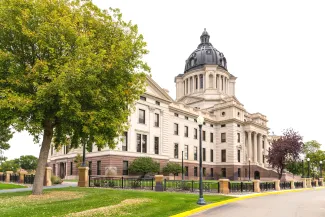
© 4nadia - iStock-1444857682
Asked whether he would support the idea if it’s formally proposed to him, Rhoden said, “I wouldn’t comment whether I’d support legislation I’ve not seen yet.”
Feeding South Dakota operates multiple distribution centers across the state providing about 14 million pounds of food annually. Lori Dykstra, the organization’s CEO, said she was not able to attend Rhoden’s visit to the Rapid City center. Afterward, Dykstra said she is “disappointed” to hear that the organization’s funding request has not reached the governor.
Since making the request, she said, the organization has seen a steady increase in the demand for food and now needs $5 million “to meet the moment and to be able to stay ahead of this.”
“We have the infrastructure to do the work, but we don’t have the food,” Dykstra said. “We don’t have the resources.”
For every one meal that Feeding South Dakota provides to South Dakotans, Dykstra added, SNAP provides nine.
SNAP funding is in peril because Congress is locked in a stalemate over a spending bill and did not appropriate money for the fiscal year that began Oct. 1. As recently as last week, Trump administration officials said that without passage of a spending bill, they could not fund SNAP benefits beyond Oct. 31.
Monday, in response to court rulings in multiple lawsuits, the administration said it will pay for a portion of November benefits from a contingency fund that holds about $4.65 billion. About $9 billion is needed to cover a full month of SNAP benefits nationwide, leaving states with choices about whether and how to fill the gap.
North Dakota recently responded by devoting $1.5 million to address food insecurity, including $915,000 for the Great Plains Food Bank. Some other states are temporarily providing state-funded assistance directly to SNAP recipients.

